Sparking New Ideas on How Wildfire Influences Climate
Georgia Tech researchers monitor wildfires and their impact on air quality and the climate system.
Wildfires have spread across the planet for millennia, but they are increasing as the climate warms. Decimated forests, depleted crops, and destroyed buildings are the hallmark of wildfire devastation. Another is the effect on air quality and even the entire climate system. Researchers at Georgia Tech offer solutions for not only surviving — but also benefiting from — fire.
Modeling the Future of Wildfire
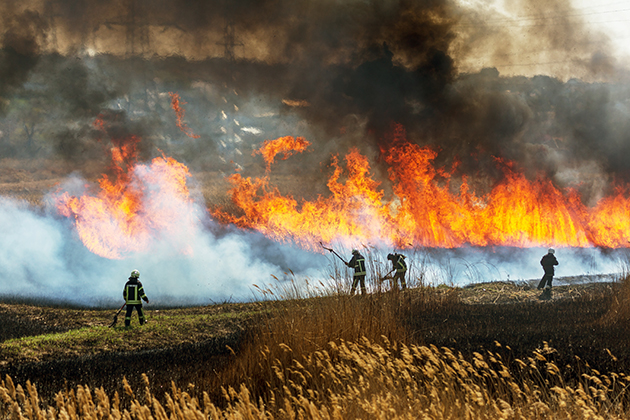
Ongoing wildfire events serve as critical data points in climate research, offering insights into the increasing frequency, intensity, and ecological impact of fires in a warming world.
When wildfires burn, they affect more than the climate from which they originate. A fire in California doesn’t only linger over North America; it can influence climates on the other side of the world. Yuhang Wang and Yi Deng, professors in the School of Earth and Atmospheric Sciences, create models to determine these global climate impacts.
“Wildfire burns vegetation and changes aerosols,” Wang said. “So, there's a huge impact in terms of how fires can feed into climate processes and weather systems.”
Deng’s research has found that aerosols emitted from wildfires cause tiny water drops called cloud droplets to decrease in size. The smaller the cloud droplet, the less likely that big raindrops will form and fall. This rainfall suppression can make it harder to put out fires and, at the same time, generate atmospheric waves that reach a remote location.
“Fires produce impacts on the local climate system, and they may also affect the weather and climate on another continent if atmospheric conditions are right,” Deng said.
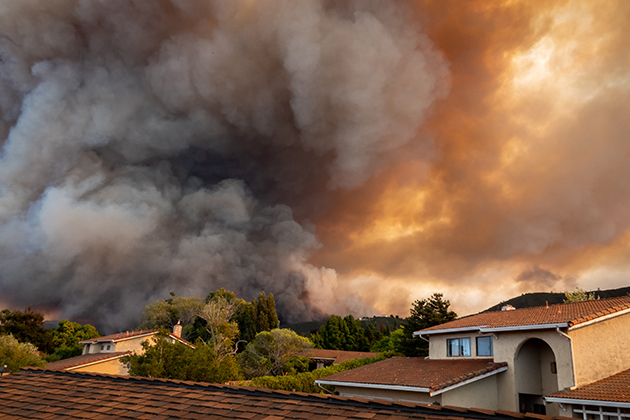
The California “River Fire” of Salinas, ignited by dry lightning on August 16, 2020, fills the sky with dark smoke and flames as it burns close to houses on its first day.
With funding from various U.S. government agencies like the National Science Foundation (NSF), the Department of Energy, and the Department of Agriculture, Wang and Deng’s research groups attempt to model the entire climate system. Their models simulate weather and climate for the atmosphere, vegetation, and global fire activity. Their goal is to understand feedback mechanisms, or how changes in one component of the climate system can affect another. For example, if an area receives more precipitation, that could change vegetation growth and, therefore, fire potential.
“Before we did this work, no model captured all the major processes,” Wang said. “We built a complete climate modeling system that incorporates climate feedbacks like surface reflectivity, aerosols, and heat released from fires.”
The team’s model revealed that one region’s fire emissions can increase another region’s chances of wildfire for the next season. This is because fire-emitted aerosols change the clouds in non-burning regions. The warming planet has always been a global problem, but Wang and Deng’s research shows it’s even more consequential than once thought.
Deng’s insight showed how wildfires in Africa influence the strength of the summer monsoon over Asia. But not all fire is negative. When controlled, it can be beneficial and help maintain a healthy ecosystem.
“People tend to think that fire is not good, which is true when fire is happening in Los Angeles, but wildfire plays a critical role in the whole ecosystem,” Wang noted. “For Africa, wildfire is critical because without it, the continent would very quickly lose its safari landscape.”
“With every fire, there's smoke, of course, and that smoke contains air pollutants. These pollutants are just as harmful to human health as smoke coming out of industrial stacks or coal-burning power plants.” —Talat Odman
Fighting Fire With Fire
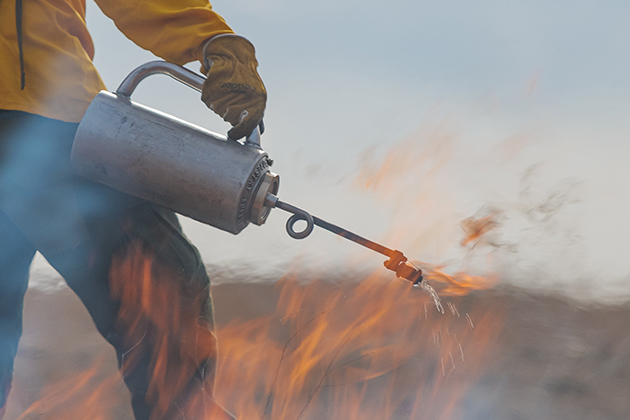
A firefighter uses a drip torch to ignite dead grass for a controlled burn.
One way of keeping wildfires in check is, paradoxically, starting fires. With controlled burning, people intentionally set fires to clear dead vegetation that, if left unchecked, would act as kindling for wildfires. Controlled burning has been a common practice for thousands of years, especially among indigenous groups. While these fires maintain forest health, they have their own adverse effects. Talat Odman, a Regents’ Researcher in the School of Civil and Environmental Engineering, studies how controlled burning affects air quality.
“With every fire, there's smoke, of course, and that smoke contains air pollutants,” he said. “These pollutants are just as harmful to human health as smoke coming out of industrial stacks or coal-burning power plants.”
Odman creates machine learning models to forecast controlled burning activity. These models use weather forecasts and a region’s burning patterns from the past decade to determine the likelihood of controlled burning in that region for the next couple of days. He pairs this with satellite data showing debris on the ground, as well as models that predict how these controlled burns will affect air quality. This information about the likely air quality, environmental, and human health consequences of controlled burns allows state officials to regulate when, where, and how much to burn.
“It’s a choice between experiencing more frequent smoke or losing your home to wildfire,” Odman said.
Although most of Odman’s work is through models, his research group also conducts field studies to measure the pollutants downwind of controlled burns in real time. His work has been funded by NASA, the Environmental Protection Agency, the Department of Defense, and the Health Effects Institute. This comprehensive picture of fire risk and air quality enables forestry officials to make informed choices for the health of their communities.
“Wildfires have counteracted many gains that we made from better regulations of human emissions. With the warming climate, wildfires are more frequent and intense.” —Sally Ng
Watching Wildfire’s Effects in Real Time
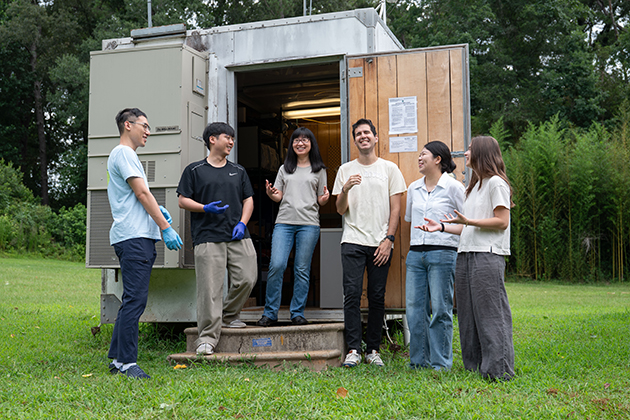
Some members of Sally Ng’s research group in front of the ASCENT trailer (left to right): Evan Liu, Seongbin Jo, Sally Ng, Can Barut, Sohyeon Jeon, and Sophia Hoch.
Sally Ng always dreamed of creating a network to measure aerosol composition across America in real time. The Love Family Professor in the School of Chemical and Biomolecular Engineering and the School of Earth and Atmospheric Sciences finally has her opportunity with the Atmospheric Science and Chemistry Measurement Network (ASCENT) project. As the principal investigator of the NSF–funded Mid-Scale Research Infrastructure project, Ng leads researchers at 12 universities who host equipment all over the country — from Alaska to Atlanta — to measure air quality from pollution and fires.
Each ASCENT site has four advanced tools to measure tiny particles in the air that are smaller than 2.5 micrometers in diameter (PM2.5) — the size that can enter the lungs and the bloodstream. These include ruggedized mass spectrometers and other tools that measure the chemical composition and size of the aerosols continuously. When the Eaton Fire ripped through Los Angeles in January, ASCENT had a real test.
“Our sites conduct real-time measurements, so when the smoke plume came to the ASCENT Los Angeles site from the Eaton Fire, we picked up the signatures of different chemical constituents in the smoke particles coming from these fires,” noted Ng.
They discovered that the smoke contained lead from obliterated structures. ASCENT was partially designed to measure the chemical species comprising PM2.5, which vary spatially and temporally, making it ideal to capture wildfire and urban fire impacts.
“Wildfires have counteracted many gains that we made from better regulations of human emissions,” Ng said. “With the warming climate, wildfires are more frequent and intense.”
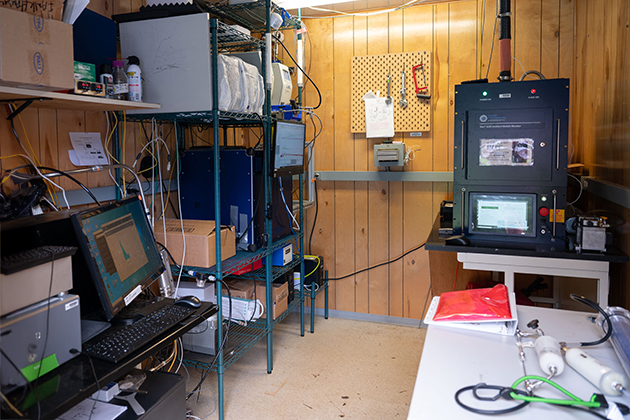
A suite of advanced instruments for real-time measurements of aerosol chemical composition and properties at the ASCENT Atlanta site in South DeKalb.
Wildfires also present a challenge with measurement, because emissions don’t remain in the area where they were first emitted. As they travel, they continue to undergo atmospheric transformation. That’s where ASCENT’s breadth becomes strategic: The sites can follow emissions as they change.
Ng hopes to expand the advanced aerosol measurement tools to other locations across the U.S., now that they’ve proven to provide valuable real-time data.
“This ASCENT data will allow us to better understand the transformation of the wildfire smoke and also the impacts on climate and human health,” Ng said. “These wildfires ultimately are going to impact more populations than where the fire started.”

Writer/Media Contact: Tess Malone | tess.malone@gatech.edu
Photography: Rob Felt
Copy Editor: Stacy Braukman
Climate Series
The climate is changing — and so is the way we respond. Georgia Tech researchers from across disciplines are teaming up to tackle the challenges of a warming world. From tracking air quality in urban environments to studying ancient fossils for clues about Earth’s past, these experts are driving innovations in climate resilience and mitigation.
Follow our new series to explore how Georgia Tech is helping shape a more sustainable future.

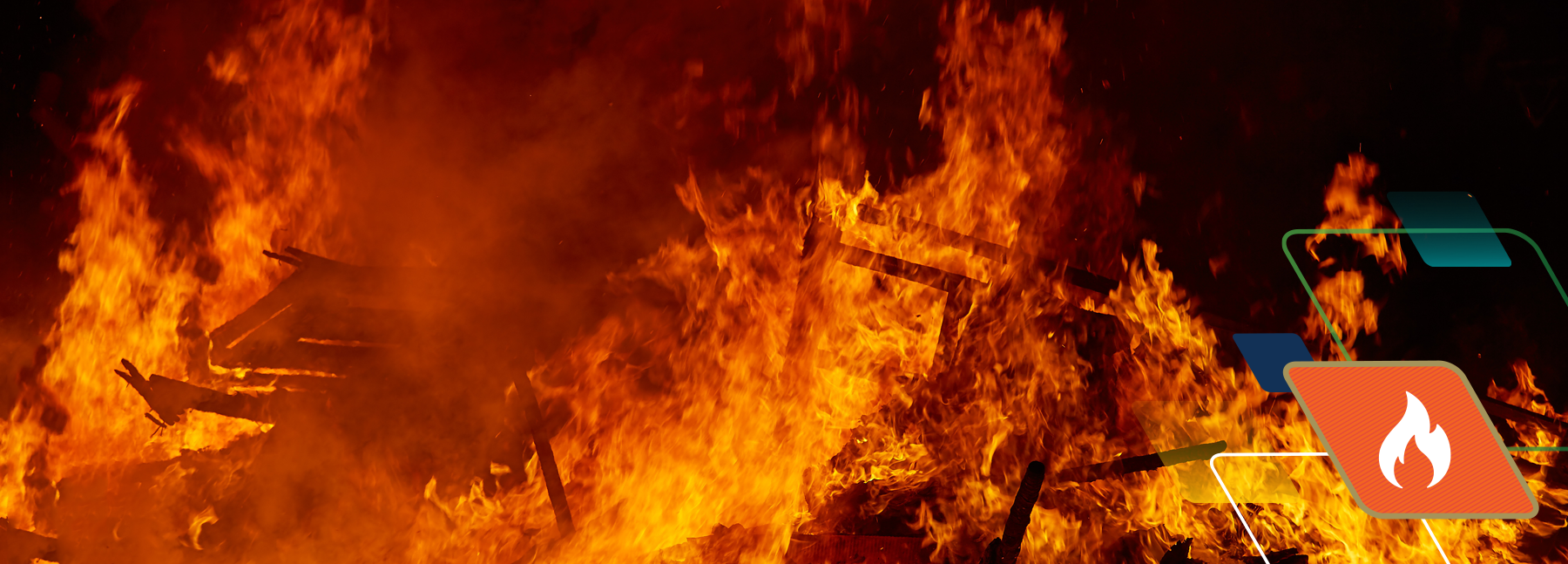
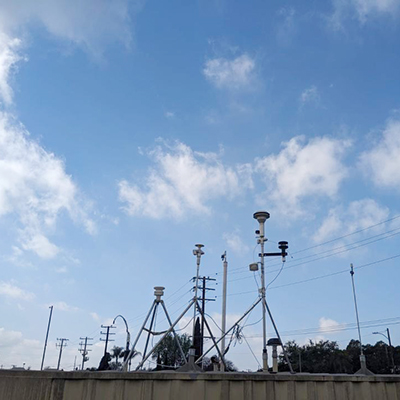 LA Fires Trigger Temporary Spike in Airborne Lead Levels
LA Fires Trigger Temporary Spike in Airborne Lead Levels 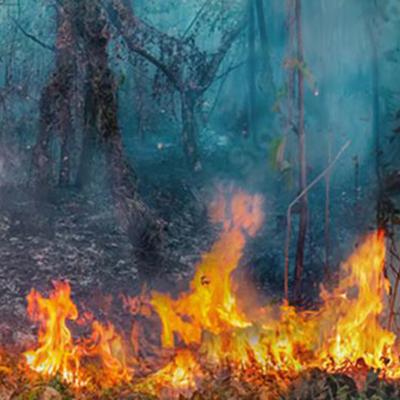 Everlasting African Wildfires Fueled by Aerosol Feedback
Everlasting African Wildfires Fueled by Aerosol Feedback  Breathing in a Better Climate: Georgia Tech Researchers Monitor and Improve Our Air Quality
Breathing in a Better Climate: Georgia Tech Researchers Monitor and Improve Our Air Quality



